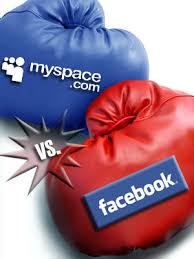Every millennial has experienced the time-consuming and exhausting moments wherein you have to explain to your (grand)parents how to send a proper WhatsApp message, use google maps, or what to and not to post on social media. The technological innovation cycle has shortened at such a pace that even we as millennials struggle to cope with the newest developments. As de benefits of these developments are very clear, the fast innovating tech-industry might cause a blind spot for some of the dark sides on these developments. The Netflix series Black Mirror plays the devil’s advocate towards future technological developments, and some examples of episodes even show their power of prediction.
Dating apps are completely hot these days and should help us to find “the one”. Based on our preferences, algorithms can find people who might be the best fit. According to the people you like or not like, machine learning will become better in finding the perfect match for you. In Black Mirror’s S4E4, dating apps are taken to another level. When two individuals are matched, the system brings them together and gives their relationship a due date. After that due date, they both move on to the next relation up till the perfect match is found. In the meantime, the system analyses behavior and uses machine learning to better predict the perfect match. However, the dark side of the story is in the fact that whenever your relationship has a due date, people start to behave differently and the system decides whether you can stay together. Imagine yourself falling in love but a system is not sure about the match and forces you to leave. What does love even mean then?
Another perfect example of the dark side of technology is to be seen in S3E1. This episode illustrates a social media system wherein everyone can rate (scale 1 to 5) each other based on their interaction. Your average score decides the way of living. The idea is that high average ratings give you perks in your daily life. This would stimulate people to improve their life by working out, being kind, and reach their personal goals. However, this also works the other way around. If you interact with very low-rated people or act inappropriately to people, it will be hard to get access to places where high-rated people live together. This episode might seem a bit over the top and unrealistic, but guess what?: we are already living this life.
Take Instagram as an example. The number of likes, comments, and followers influences the lives of people on a daily basis. It is no coincidence that whenever there is a conversation about someone, people first ask to show them their Instagram profile. Social media has become a platform of justice and impressions, causing people to pretend to have a great lifestyle while all they do is editing photos and interact with people online.
Besides the part of self-awareness and judgment of social media, rating systems are already a fact of society. A couple of years ago, some places in China started to work with social credit systems. Starting with a certain amount of credits, people could gain or lose credits based on their behavior monitored by public cameras. Yes, the cameras have face recognition and record every step and move the inhabitants make. Losing credits could be a result of public scandals like polluting public areas, but could also derive from not visiting your family enough or hanging out with people who are having low credits themselves. Having a low amount of credits can exclude you from buying airplane tickets or usage of public transport. In the region of Xinjiang, this system has already led to increased surveillance and discrimination towards the geographical minority of Uighur people.
It is time for us to wake up and become aware that the fast-evolving tech industry does not only give us benefits, but also has some really dark sides. Is this a new field of expertise? Should we be educated on the dangers of technology? Who is responsible for writing ethical codes or laws? It is for humanity to decide whether we use technology as a tool or that we are falling short in our expectations.
Sources
https://www.theguardian.com/commentisfree/2020/may/11/black-mirror-episode-dystopian-tv
https://www.imdb.com/title/tt2085059/episodes?season=4&ref_=ttep_ep_sn_pv https://theconversation.com/black-mirror-the-dark-side-of-technology-118298
https://www.nytimes.com/2018/12/28/arts/television/black-mirror-netflix-interactive.html
https://www.wired.co.uk/article/china-social-credit-system-explained
https://www.nytimes.com/2019/05/22/world/asia/china-surveillance-xinjiang.html
https://aisel.aisnet.org/ecis2019_rip/33/
https://journals.sagepub.com/doi/full/10.1177/1461444815604133

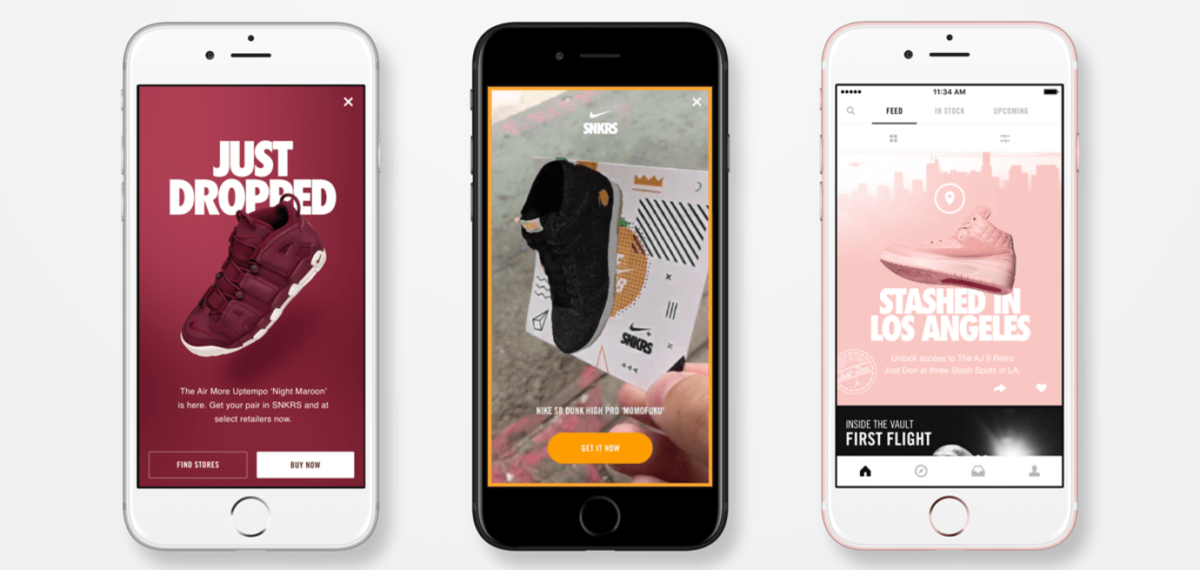


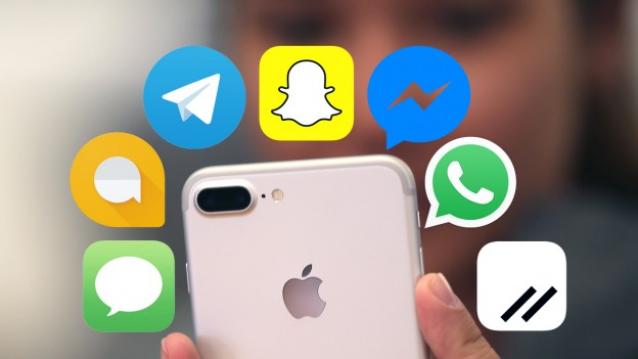
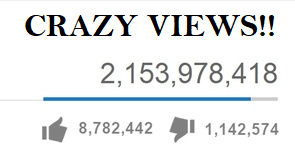





















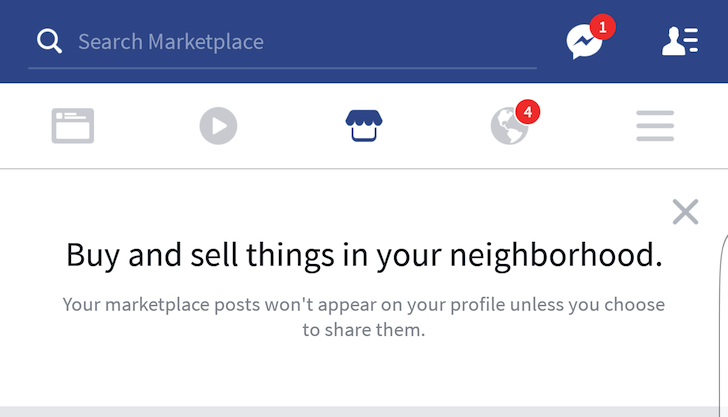
![[GONE WRONG] 13 SECRET HEADLINES FACEBOOK WANTS TO STOP. NUMBER 5 WILL BLOW YOUR MIND! 5/5 (1)](https://digitalstrategy.rsm.nl/wp-content/uploads/2016/10/ITVjr.jpg)

